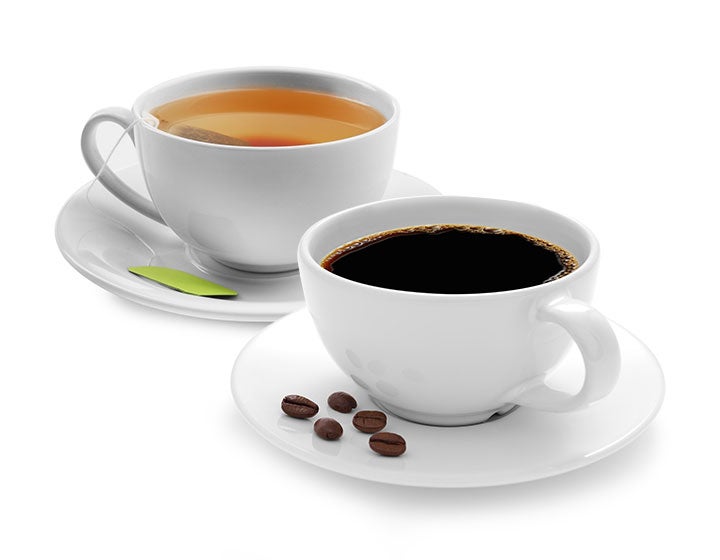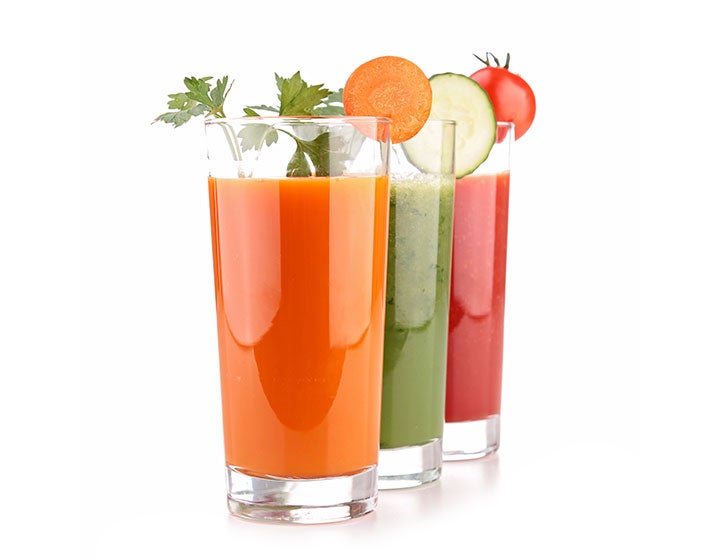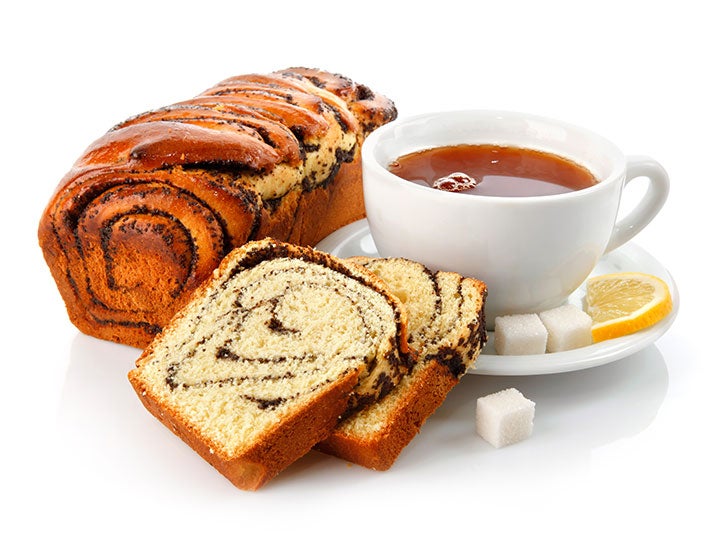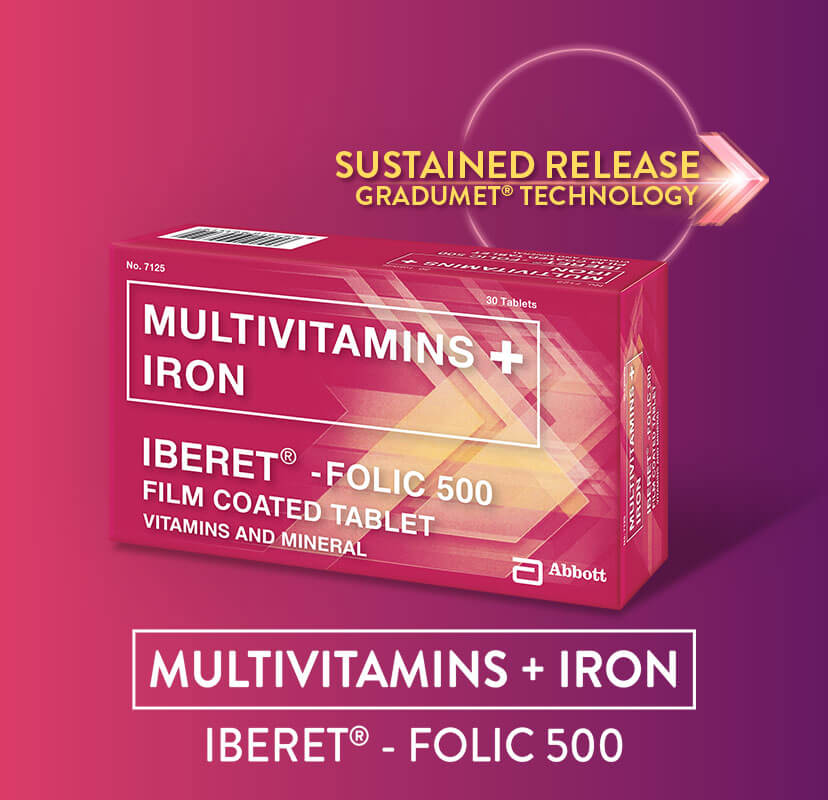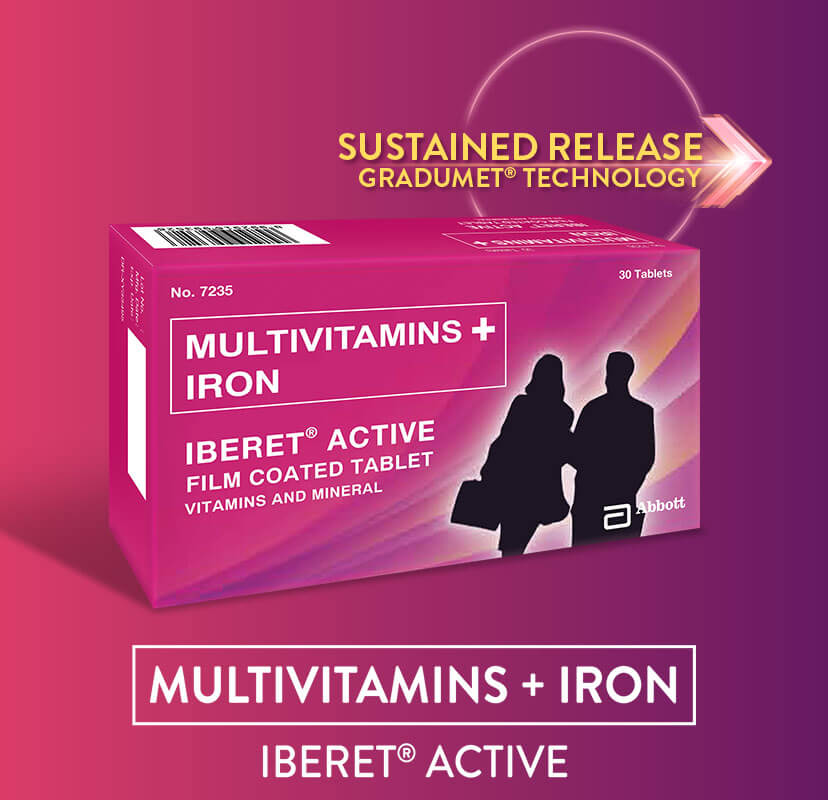Iron deficiency anemia (IDA), the most prevalent anemia worldwide, has a significant impact on human health.1 A normal diet provides 13 to 20 mg of iron per day2 but only 1% to 40% of it is absorbed by our body.3 Therefore diets should be improved by including iron-rich foods and by altering meal patterns.3
Iron-rich foods include non-vegetarian foods, like meat and organs from cattle, fish and poultry and vegetarian foods, like green leafy vegetables and legumes.4 However, it is not enough to consume iron-rich foods. There are certain dietary factors that either inhibit (calcium, cereals, tea and coffee) or enhance iron absorption (vitamin C).5,6 You may consume the necessary amount of iron but if it is eaten along with inhibitory factors, the total iron absorption will be insufficient. So, whenever you plan a meal with iron-rich foods, it is also important to know about the inhibitors and enhancers.
WHO recommends some changes to the meal pattern to maximize iron intake:3
Additionally, cooking in iron-pots increases the iron content of the food.4 Sprouting legumes or fermenting foods helps better iron absorption.3
It is possible to boost iron levels by diet management. Let’s combat IDA by knowing what to eat and when to eat!
Reference:
1Miller JL. Iron deficiency anemia: a common and curable disease. Cold Spring Harb Perspect Med. 2013;3(7):a011866. doi:10.1101/cshperspect.a011866.
2Santoyo-Sánchez A, Aponte-Castillo JA, Parra-Peña RI, Ramos-Peñafiel CO. Dietary recommendations in patients with deficiency anaemia. Rev Médica Del Hosp Gen México. 2015;78(3):144-150. doi:https://doi.org/10.1016/j.hgmx.2015.06.002.
3Iron Deficiency Anemia. Assessment, Prevention, and Control. A Guide for Programme Managers. World Health Organisation; 2001.
4da Silva Lopes K, Takemoto Y, Garcia‐Casal MN, Ota E. Nutrition‐specific interventions for preventing and controlling anaemia throughout the life cycle: an overview of systematic reviews. Cochrane Database Syst Rev. 2018;2018(8):CD013092. doi:10.1002/14651858.CD013092.
5Lynch SR. The effect of calcium on iron absorption. Nutr Res Rev. 2000;13(2):141-158. doi:10.1079/095442200108729043.
6Teucher B, Olivares M, Cori H. Enhancers of iron absorption: ascorbic acid and other organic acids. Int J Vitam Nutr Res Int Zeitschrift fur Vitamin- und Ernahrungsforschung J Int Vitaminol Nutr. 2004;74(6):403-419. doi:10.1024/0300-9831.74.6.403.

